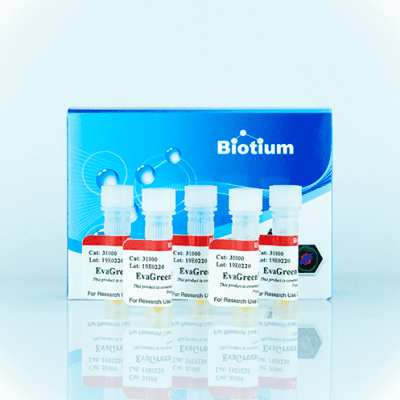- Your cart is empty
- Continue Shopping
Sensitivity assessment of RT-qPCR and droplet digital PCR for SARS-CoV-2 detection
- Home
- Publication
- Sensitivity assessment of RT-qPCR and droplet digital PCR for SARS-CoV-2 detection

Sensitivity assessment of RT-qPCR and droplet digital PCR for SARS-CoV-2 detection
- elsbizadmin404
- Publication
- Reading Time: 2 minutes
[vc_row][vc_column][vc_column_text]
Abstract
[/vc_column_text][vc_column_text]
The current health crisis caused by the severe acute respiratory syndrome coronavirus 2 (SARS-CoV-2 virus), represents one of the greatest health challenges ever faced worldwide. The gold standard for SARS-CoV-2 diagnosis is based on reverse transcription-quantitative polymerase chain reaction (RT-qPCR). Current RT-qPCR-based methods rely on the amplification of SARS-CoV-2 nucleic acids from rhino-pharyngeal swab samples taken from subjects with suspected COVID-19 infection. However, RT-qPCR analysis can be subject to low sensitivity, particularly in subjects with low viral load. These challenges can be attributed to variations in RT-qPCR protocols, buffers used for extraction and maintenance, as well as the quality of the RNA sample. Droplet digital PCR (ddPCR) is a highly sensitive PCR-based technology that allows absolute quantification of targets in the reaction mix by using water-oil emulsion droplet technology. However, the use of ddPCR for SARS-CoV-2 diagnosis has not been validated.
In a recent publication in the International Journal of Molecular Medicine, Falzone et al. performed a comparative analysis between RT-qPCR and ddPCR on detection of SARS-CoV-2 in relevant clinical samples. Specifically, the authors evaluated RT-qPCR with SYBR® Green or TaqMan® probe, and ddPCR with EvaGreen® Dye or TaqMan® Probe. Each method was tested on two RNA samples extracted from rhino-pharyngeal swabs, one negative control and one SARS-CoV-2 positive sample from a patient with a low viral load. Results show RT-qPCR with SYBR® Green failed to distinguish between the negative and positive SARS-CoV-2 samples. RT-qPCR with TaqMan® correctly identified the presence of SARS-CoV-2 in the positive sample only when undiluted and with a very late Ct value. On the other hand, ddPCR with EvaGreen® Dye and TaqMan® Probe was able to correctly distinguish the positive and negative SARS-CoV-2 samples in both undiluted and 10-fold diluted samples. Overall, this preliminary study suggests clinical use of ddPCR for SARS-CoV-2 diagnosis may demonstrate significant improvements in accuracy and sensitivity over conventional RT-qPCR methods.
[/vc_column_text][vc_single_image image=”26272″ img_size=”full”][vc_column_text]
Figure Legends:
Linear regression analysis of β‑actin ddPCR and RT‑qPCR data. (A) Linear regression of β‑actin values considering all dilutions of sample 1; (B) Linear regression analysis of β‑actin values without the inhibited undiluted sample 1. RT‑qPCR, reverse transcription‑quantitative polymerase chain reaction; ddPCR, droplet digital PCR
Learn more:
Learn more about the superior EvaGreen® dye for qPCR and HRM analysis
DOI:
doi: 10.3892/ijmm.2020.4673[/vc_column_text][/vc_column][/vc_row][vc_row][vc_column][vc_column_text css=”.vc_custom_1598017023330{margin-bottom: 0px !important;}”]
RELATED PRODUCTS
[/vc_column_text][vc_separator color=”custom” border_width=”2″ accent_color=”#004a80″][claue_addons_products orderby=”menu_order” limit=”4″ columns=”2″ issc=”1″ id=”17142″][/vc_column][/vc_row]
CONTACT

QUESTIONS IN YOUR MIND?
Connect With Our Technical Specialist.

KNOW WHAT YOU WANT?
Request For A Quotation.
OTHER BLOGS YOU MIGHT LIKE
HOW CAN WE HELP YOU? Our specialists are to help you find the best product for your application. We will be happy to help you find the right product for the job.

TALK TO A SPECIALIST
Contact our Customer Care, Sales & Scientific Assistance

EMAIL US
Consult and asked questions about our products & services

DOCUMENTATION
Documentation of Technical & Safety Data Sheet, Guides and more...
